Jenny Hatfield explains how and why RHSoc members Michael Earnshaw and Rob Woodall climbed the Simms
At the Relative Hills Society Dinner in May 2022, Rob Woodall was presented with the “Mad Bagger” trophy for 2021, in recognition of him climbing all of the Simms in Britain. He is only the fourth person to do so. In 2019 Michael Earnshaw also earned the title of “RHSoc Mad Bagger” for climbing all the Simms, and prior to that only two other people have climbed them all.
You may well be asking “What is a Simm?”. A Simm is a hill over 600m with a drop of at least 30 metres all round. They are classed as Relative Hills since they are defined in terms of prominence. Simm is an acronym for Six-hundred Metre Mountain. Understandably, in Britain, there are a lot of Simms: 2530 in fact. As a list, they have been around for a little while now. Alan Dawson introduced the Simms in 2010 as a way of unifying several of his own published lists. Alan is expecting to publish a book listing the Simms in two year’s time. He is still occupied climbing the Simms himself, surveying the tops and their cols to check the list for accuracy. Meantime the best sources of information are on-line at the Database of British and Irish Hills, and Hill Bagging.”
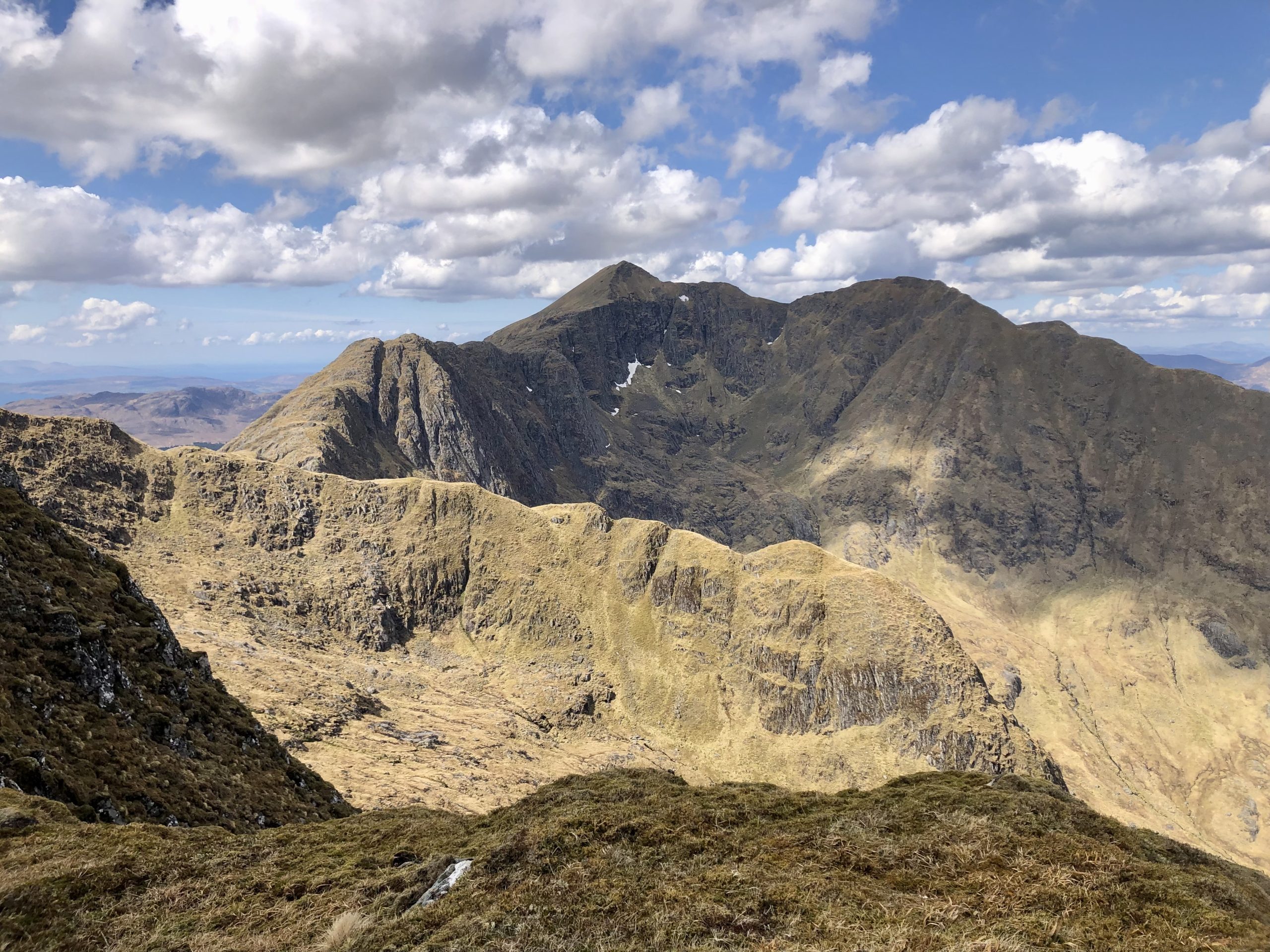
It is, of course, a massive achievement to finish the whole list, and in Alan’s own words, the Simms were “not meant to be a challenge to “complete”. Alan’s interest in creating the list was to identify the hills, how many and where they are. He suggests that we choose our own smaller targets from the list, and to enjoy the hills for what they are.
There are, for example, 102 Simms on islands. Skye, Mull, Arran, Harris, Rum, Jura and South Uist all have Simms, and combined, these make a fine target list: In fact, Skye alone has 49, and what an adventure they would make!
I asked Rob Woodall what had inspired him to climb the Simms, and to tell me about how he had eventually finished climbing them:
Rob Woodall – “I came to the Simms gradually; in fact, before they were called Simms. In the 1990s, Alan Dawson had listed Graham Tops and Corbett Tops (hills in the Grahams and Corbetts height bands with at least 30m drop) and both lists were published in booklet form by Tacit Press. After I’d completed the Corbetts and the Munro Tops in 1995, the Grahams became my next Scottish target, and these were joined over the next few years by Marilyns (150m drop, any height) and Yeamans (broadly 100m drop, any height, nowadays largely superseded by the Humps). Outings to these hills would generally include these less-prominent summits en route. I’d always intended to complete the Corbett Tops someday. The Graham Tops seemed less attractive; there are a lot of them, they’re lower, more heathery and to me, they offer a less satisfying walking experience (with some exceptions, such as the Far North).
At some point, Alan Dawson announced a grand unification exercise, with the Corbett Tops and Graham Tops superseded by a single category – the Simms. These included both former categories, but also a set of additional summits, between 600m and 610m, ie. below Graham height, and tops with the same definition in England and Wales. At this point my Corbett Tops preference had to be jettisoned, but I’d done most of the Marilyns so I had freed up some time, and 600m became the lower target.
By 2019, I’d worked through my various “pure prominence” target lists (Marilyns, Humps, SubHumps), and the Simms had become my main British focus. By the Spring of 2021, I had around 140 Simms left to climb. I didn’t particularly expect to finish that year; having marked up a map with draft routes and rough timings, I’d likely need more than 40 hill days. The spring weather was patchy, with a dump of snow in early May keeping me off the bigger hills for a couple of days. Encounters with a few fellow baggers were a pleasure after the long solitary Covid winter. First of these was Michael Earnshaw, who’d completed the Simms a couple of years earlier, and happened to be at the Loch Arkaig car park when I returned from a longish day out around Glen Pean. Long outings on post-lockdown legs went better than expected. Beinn Lair from Kinlochewe, returning over Slioch, was one of the best, which I managed to save for a fine day. Deeside served up several good long outings, including a foray into Ben Avon’s tops. The longest was a 16 summit 15-hour trip around the An Sgarsoch group from Linn of Dee. Then with eight Simms to finish, a completion date was set. My Simms were duly completed on 28 June, over the three westernmost Simms of the Beinn a’ Bheithir group above Ballachulish on a gorgeous day – thanks to all for company and whisky, and to Denise for the cake!”
Michael Earnshaw finished climbing the Simms in 2019. I asked Michael for any advice he could offer those keen to follow his example:
"I tried to be efficient and avoid suffering! I don't like rain, prefer home comforts to camping, and don't enjoy long approach walks on tracks. My tactics included:
- using a bike
- being flexible. I often waited for weather windows before arranging accommodation. For longer trips, I would avoid booking ahead so that I could switch area according to the weather.
- thinking in terms of hill days, rather than hills.
- not using precious good weather on hill days that didn't need it. Going straight up and down singletons might be hard work, but weather matters more when spending hours high up.
- for the Monadhliath and areas east of the A9, study the latest maps. New hill tracks are being created all the time.
- remembering that efficient ways of bagging a lot quickly might not be efficient for bagging the full set.
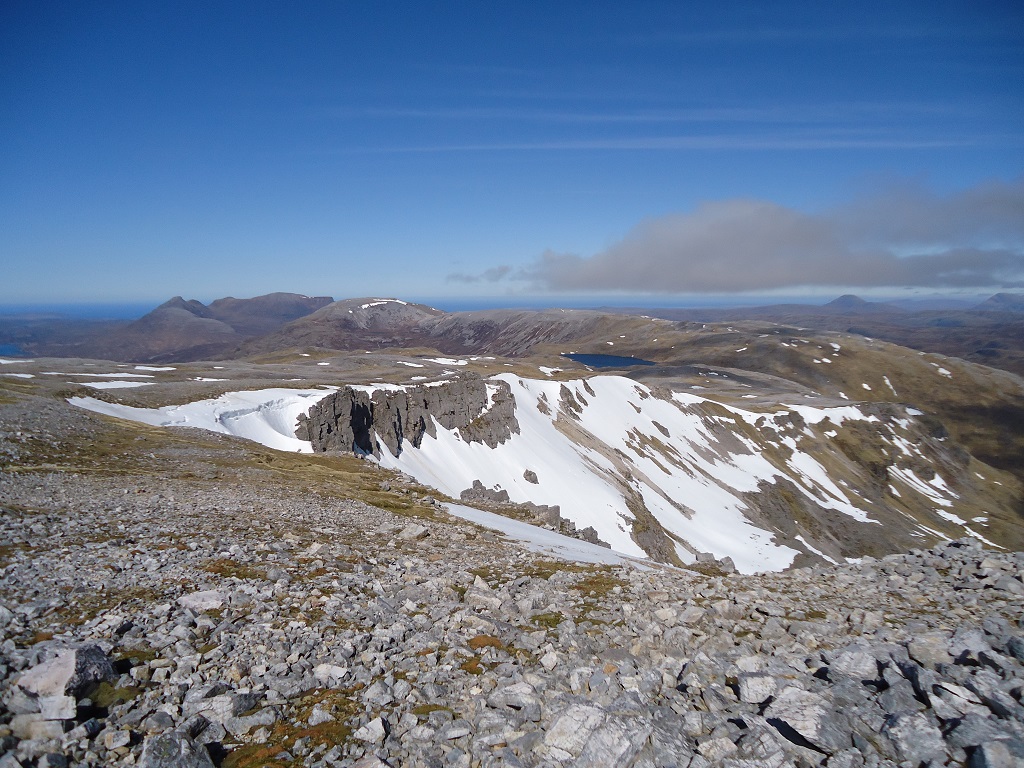
As well as the more obvious pointy delights out west I really liked exploring the less frequented areas of the Monadhliath, Atholl Forest, Cairngorms and Mounth /Angus. The high ground west of Bidein a' Chabair, between Loch Monar and Loch Nevis gave a memorable day, as did the Inchnadamph forest north of Conival. If the thought of over 150 Monadhliath Simms puts you off, try a walk from near the Coignafearn road end on a good day. You might like it. If not, perhaps lots of Simming isn't for you.”
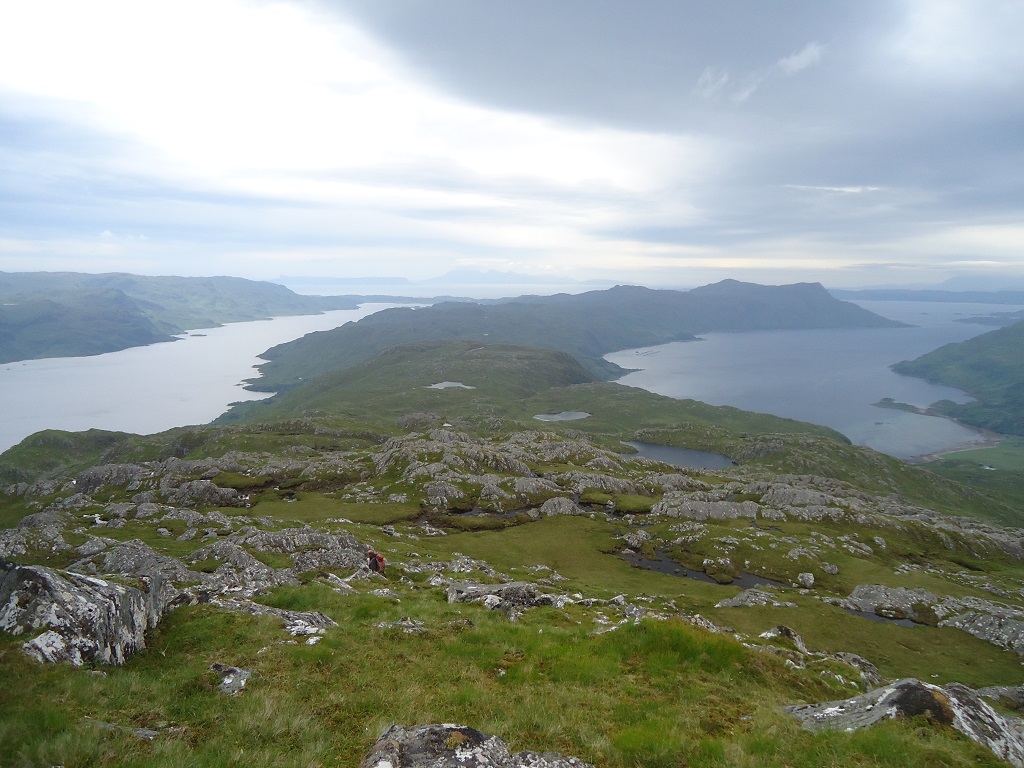
Returning to Alan Dawson’s suggestion of aiming to climb all of a smaller set of the Simms:
In Scotland, Wales and England there are 523 Simms over 900m.
England has 192 Simms of which this is one of the best known and most challenging if you take the direct route...
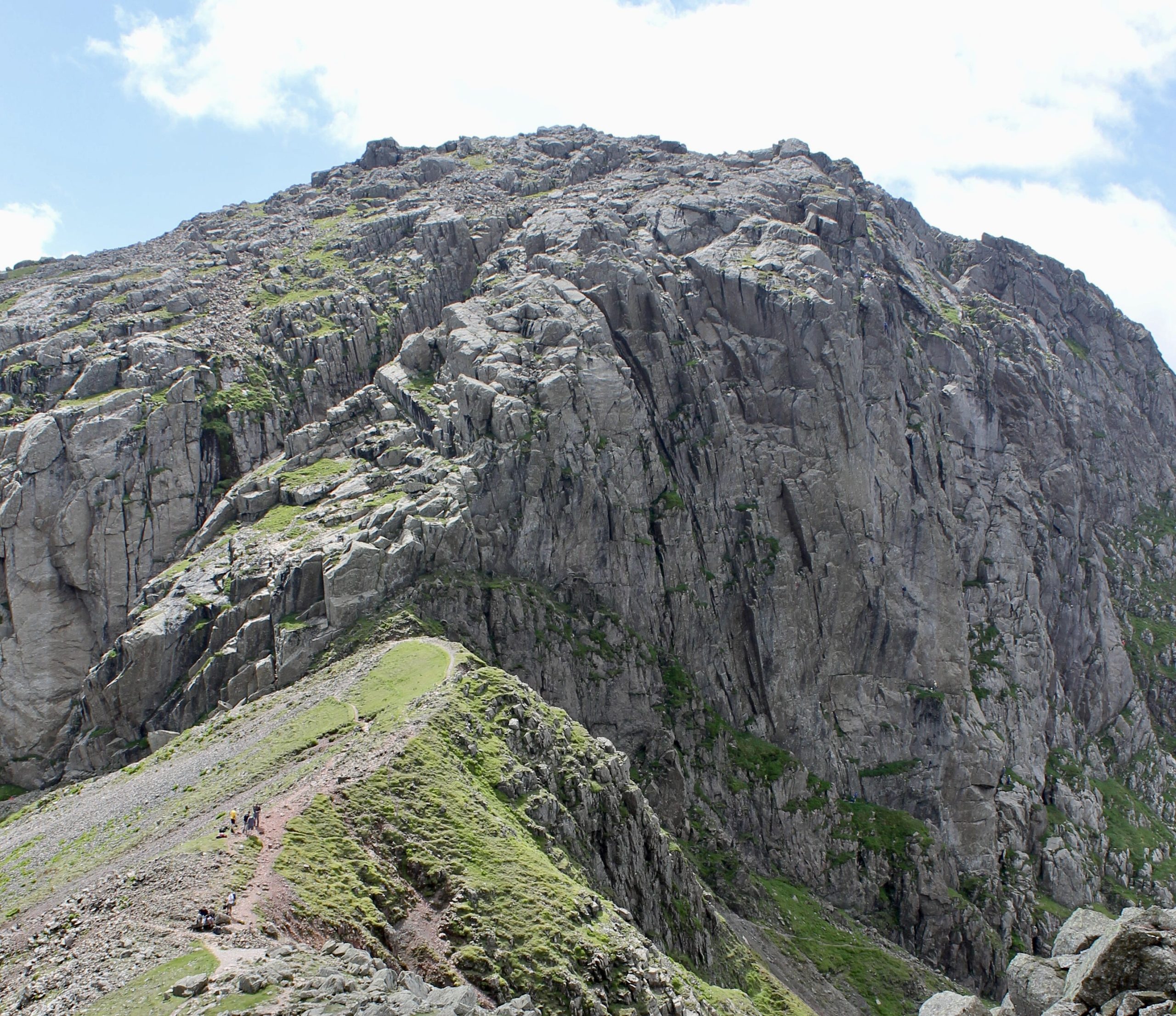
Wales has 150 Simms.
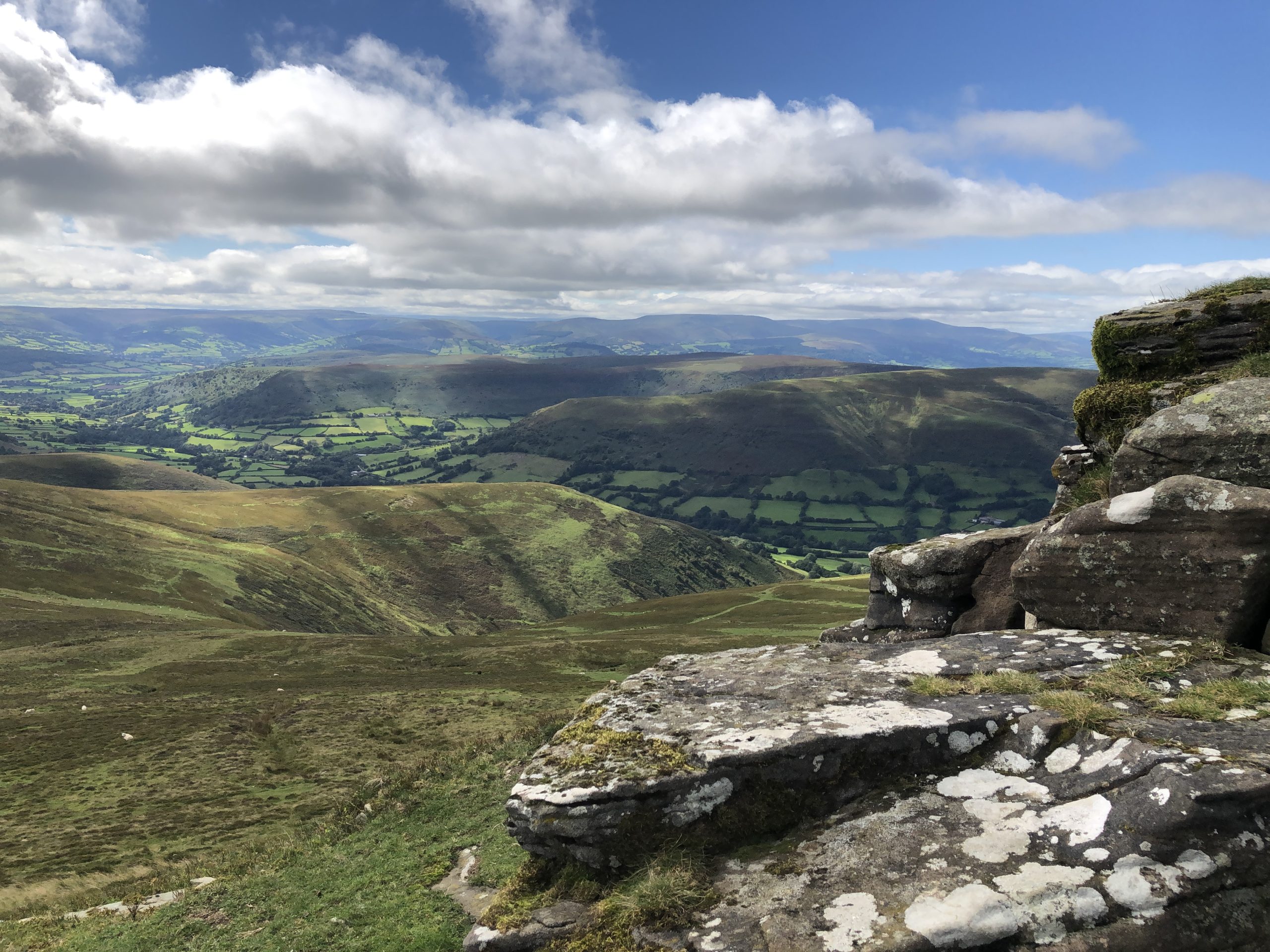
Scotland has 2190 Simms (still a massive target!). One idea is to pick your favourite area. It might be Knoydart, Sutherland, the Cairngorms, Ardgour, Torridon: Take a look at the Simms. Are you missing any? They will make a good walk! Maybe include a revisit to a major top that you climbed before. A new route on a different day. A whole new experience! A great example was a recent walk we took to The Saddle in Glen Shiel. Rather than the usual approach via the Forcan Ridge we came up from the campsite at Shiel Bridge. Approaching along the ridge from the north west over Sgurr a' Gharg Gharaidh, we took in seven Simms on the way, two of which are Munro Tops. A descent via the north ridge from the Saddle made for a very pleasing round.
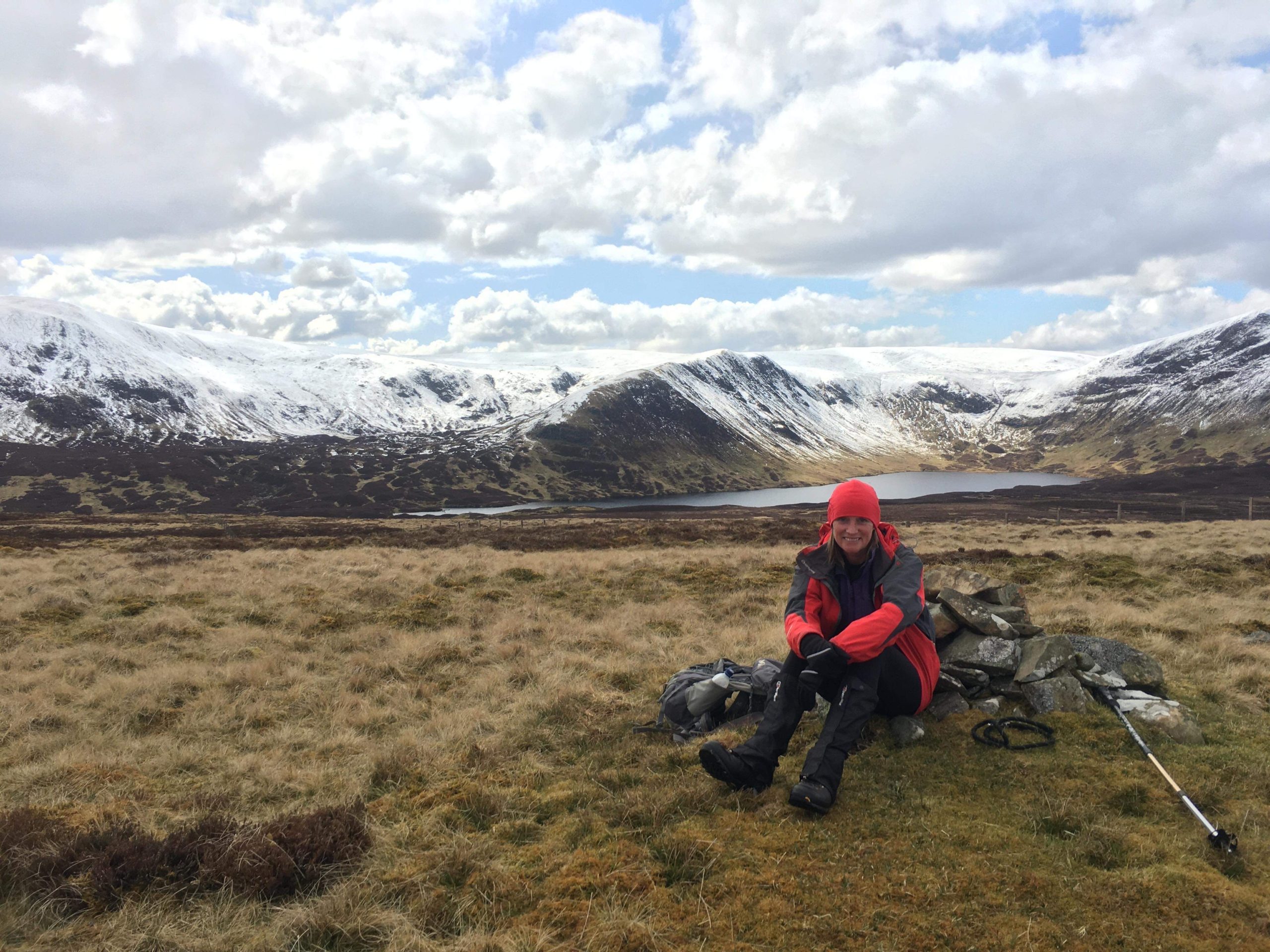
Alan Dawson has also divided the Simms according to three parent mountains, Snowdon, Ben Nevis and Carn Eighe (these are the three British Mountains with over 1000m of prominence).
There are 769 Carn Eighe Simms, lying north of the Great Glen.
There are 1202 Ben Nevis Simms, lying south of the Great Glen and north of the Forth/Clyde Canal.
And there are 457 Snowdon Simms lying south of the Forth/Clyde Canal. (Two Simms appear in both English and Scottish lists, The Schil and Windy Gyle).
My personal Simms story
For myself, the Snowdon Simms have proved an achievable target. Being based in the north of England meant that these were all reasonably accessible to me, and having moved on from finishing the Marilyns in 2016, I was looking for new challenges. The Snowdon Simms provide a pleasing mix of Scottish, Welsh and English hills, and the quest to climb them all meant revisiting many favourite areas. By definition, many Simms are to be found on long ridges or spurs, requiring long treks at high level. They gave a reason to explore parts of upland areas that I had never been to previously or to seek out a new route to a familiar top. Some highlights for me were; The Corserine ridge from Knockower to Meikle Millyea: A round of 10 tops starting from Saddle Yoke and finishing on Carrifran Gans, including White Coomb; the north ridge of Aran Fawddwy: the long ridges of the Black mountains: a long walk out on the Black Mountain from Garreg Lwyd to Bannau Sir Gaer. I finished the Snowdon Simms on Moel-yr-hydd among the slate mines of Blaenau Ffestiniog last year, along with Rick Salter, and joined by friends from the Relative Hills Society. I can certainly recommend this subset of the full list.
In summary “Simming” can be an enjoyable experience, taking one to less frequented tops, and providing opportunities to explore even familiar mountains in greater depth. Long ridges will lead you away from well-established routes. You often will not encounter anyone on your Simm travels. You will regularly spend days walking hills where there are no paths, save the occasional trail of deer or mountain hare. You may well be tempted into upland areas totally new to you. The Simms are there to be enjoyed, and though some dedicated hill walkers have climbed them all, there is no obligation to aim at climbing any particular number of them, let alone finish them all. Choose hills that interest you, and the Simms will give return your curiosity with a fuller experience of the mountains you love.
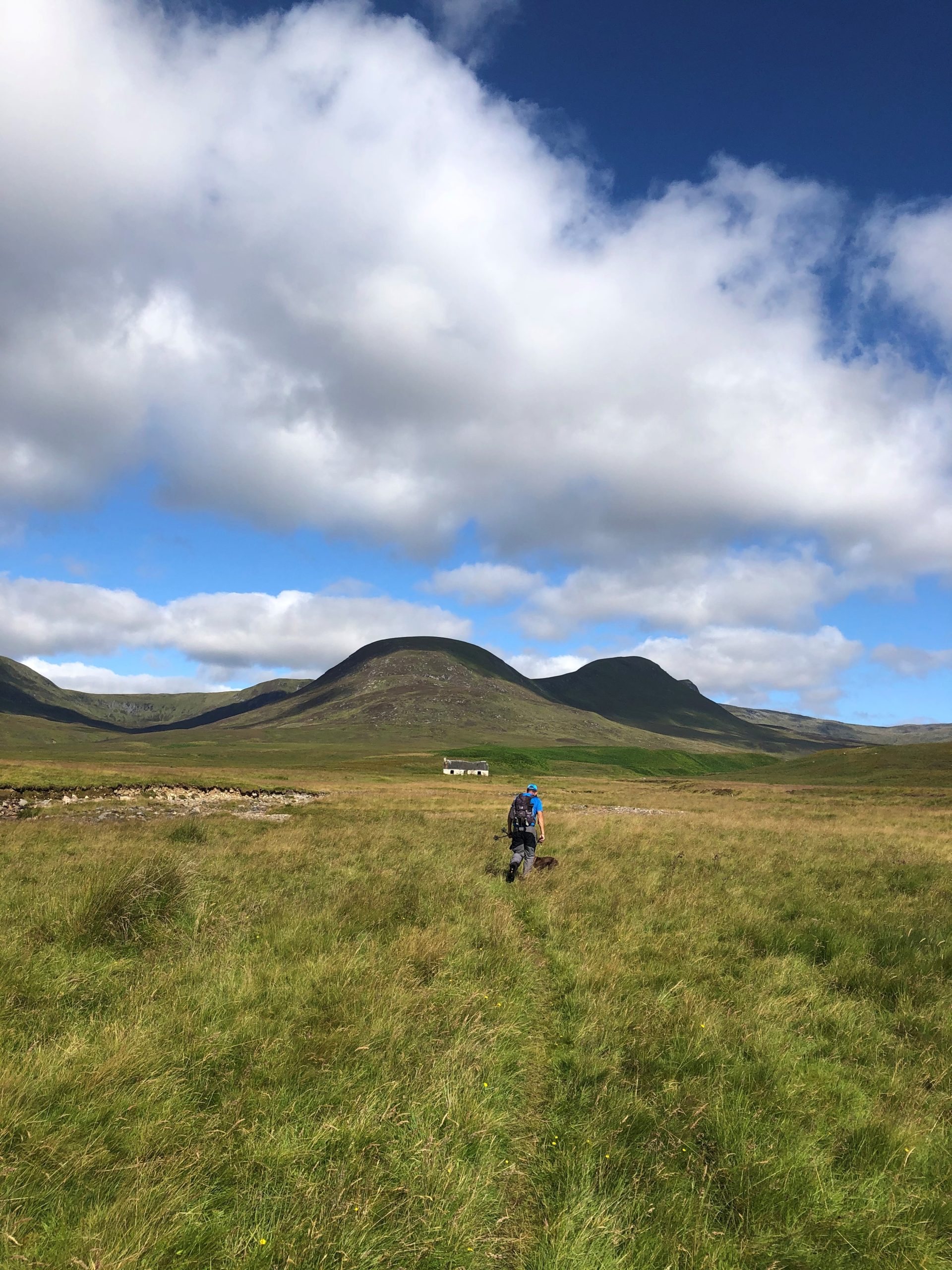
The Relative Hills Society (RHSoc) was formed in 2016 from the RHB Group which originated in the late 1990s based on Alan Dawson’s 1992 book ‘The Relative Hills of Britain’. This lists all British hills with a prominence of at least 150m, commonly known as Marilyns. RHSoc promotes an interest in not only the Marilyns, but also more recently introduced lists of relative hills, including Humps, Tumps and Simms. The society subsequently affiliated with Mountaineering Scotland in 2019 and currently has nearly 250 Members around the UK.
The Society publishes an annual journal, Relative Matters, as well as regular newsletters. The journal includes reports of our members’ adventures during the year together with articles relating to Relative Hills. It also includes “Halls of Fame” for ascents by hill walkers of each of the Relative Hill lists which are also published on this site. The 2022 edition shows that 40 people have climbed over 1,500 Simms.
The Society is a friendly hillwalking community. Members arrange weekend gatherings and also boat trips to the St Kilda islands and other islands not served by ferries. At the Annual Dinner awards are made to those who have passed various hill bagging landmarks. We have recently introduced awards for climbing the English and Welsh Marilyns and Humps, and the Snowdon Simms.
This article by Jenny first appeared in the Autumn 2022 Mountaineering Scotland journal in article entitled 'Who’s up for the Simms?'

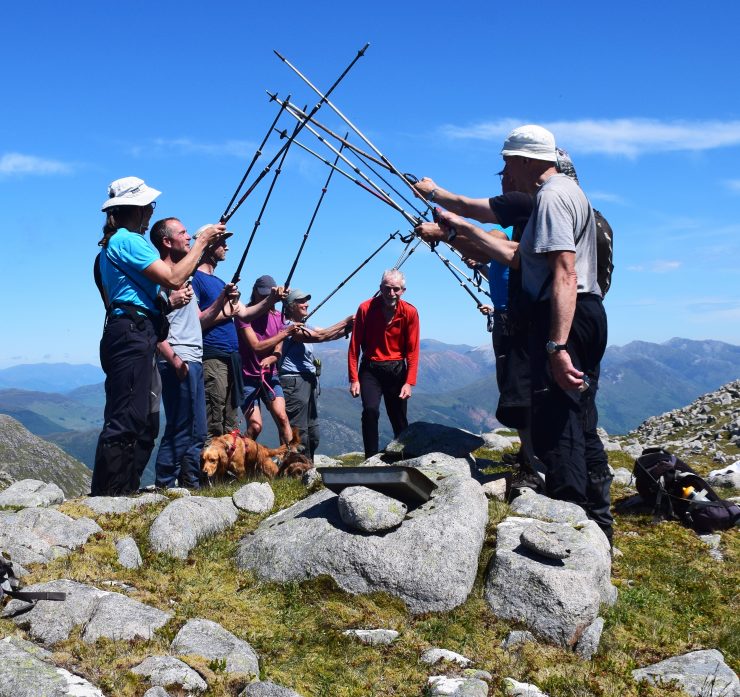
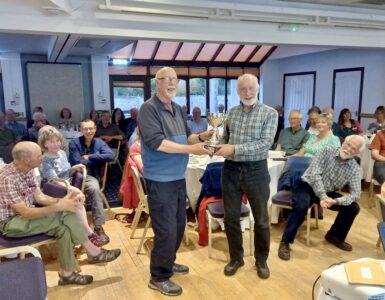
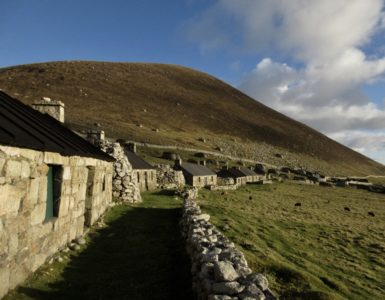
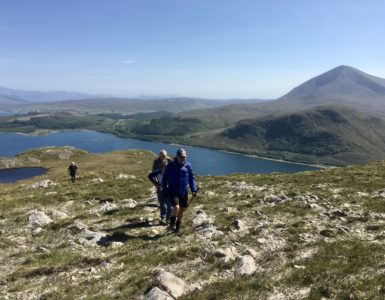
Add comment